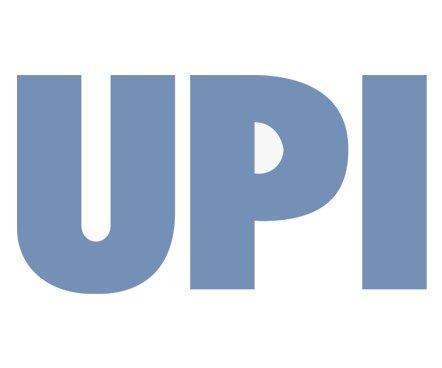MUMBAI, Oct. 31 (UPI) -- For decades, the world has thought of India and Pakistan in terms of the dangerous hyphen that so often connects them. There is the Indo-Pakistan problem of Kashmir, and another of two nuclear-armed states with an anguished and competitive history of three hot wars and a long cold one that still continues.
But India’s stunning economic growth over the past five years had begun to delete that stubborn hyphen as the world woke up to the likelihood that the world’s largest democracy was becoming a major economic power. Statesmen and investors alike are already factoring into their plans the prospect that India seems on track to join the United States, China, Japan and Europe as one of the superpowers of the future.
And this week, with German Chancellor Angela Merkel and U.S. Treasury Secretary Hank Paulson each visiting India and hailing its economic prowess, that tendency to see India largely in terms of its glittering future is even more apparent.
There are three reasons why this may not be entirely right. The first is that Pakistan is also clambering up the prosperity ladder after three successive years of 7 percent growth in gross domestic product and a new success in attracting foreign investment that is -- in proportion to the size of the two economies -- even greater than that of India.
The second reason is that the two countries are not just neighbors who in living memory were parts of the single British Raj, but that they also share traditionally single provinces like Punjab and Kashmir. Despite the massive relocation of populations that took place at the time of independence in 1947, the two populations are still connected by tribal, linguistic, cultural and family ties. They share water and other resources, and they face the common looming problem of climate change and the increasingly worrying vagaries of the monsoon rains.
The third reason is that each country, despite the hopes and economic promise, is deeply fragile.
In Pakistan this week, as the mourning for the 139 who died two weeks ago when suicide bombers attacked the homecoming cavalcade of former Prime Minister Benazir Bhutto, another bomb exploded near the army headquarters of President Pervez Musharraf in Rawalpindi. The vast province of Baluchistan rumbles with separatist discontent, and the military is taking heavy casualties in its spasmodic attempts to take control of the Taliban sanctuaries of the North-West Frontier districts.
The country faces threats of jihadism and terrorism, of an army that is low in morale and whose intelligence arm seems not entirely under control, while undergoing a political and constitutional crisis that Bhutto’s return has clearly not resolved.
In India this week even as the booming stock market soared dizzily above 20,000 points, doubling in the last six months, a march of 25,000 poor and landless arrived in the capital, New Delhi, to demand land reform. They sought (and won a promise of) tough new laws to protect other landholdings, deeds and tenancy rights from the corruption and abuses that have seen their ownership subverted by the rich and powerful, by private developers and by government-backed special economic zones.
"Many people here have been displaced many times over -- first because of mining, then because of dams. They have nowhere to go," march organizer Puthan Vithal Rajgopal told reporters in New Delhi.
The world hears more these days of India’s aspiring middle class of some 300 million people and rather less of the 400 million who continue to live in dire poverty. Often, as in the slums of Mumbai that cluster around the modern airport, they live cheek by jowl with India’s newly prosperous residential and commercial developments.
The world hears more of India’s new missiles, warplanes and submarines and its geopolitical ambitions than it does of the 150 million Muslims, many of whom see themselves as second-class citizens at best and as potential victims of Hindu nationalism at worst.
Last week the scandal-probing investigative team of Tehelka, who made their name filming a sting operation to expose an arms-trade corruption scandal, broadcast a film of another sting. A reporter spent six months posing as a sympathizer to record men boasting of their atrocities in the killings of hundreds of Muslims in the Gujarat riots of 2002, and the film presented powerful evidence that the killers had been backed and some later protected by the chief minister of Gujarat, Narendra Modi.
A bold and gifted administrator with a reputation for running a reformed and corruption-free system that has produced admirable economic progress, Modi is one of the symbols of the new, business-friendly India and is seen by his supporters as a prime minister of the future. But at the same time, he has become a symbol of aggressive Hindu nationalism and of sectarian violence, as someone who defines India’s vulnerability to Hindu-Muslim antagonism and communal division.
As a democracy under the rule of law, India has safety valves and procedures against this kind of social division that Pakistan, which has spent most of the 60 years since independence under military rule, still lacks. But the fragility remains.
The promise of South Asia, of an India and Pakistan living peacefully and trading profitably as neighbors, remains glittering and tantalizingly close. But the abyss of sectarian violence and religious extremism, of massive poverty challenging the new rich, looms darkly alongside. In that sense, the hyphen that defines a common challenge for Indo-Pakistan remains stubbornly, tragically in place.










